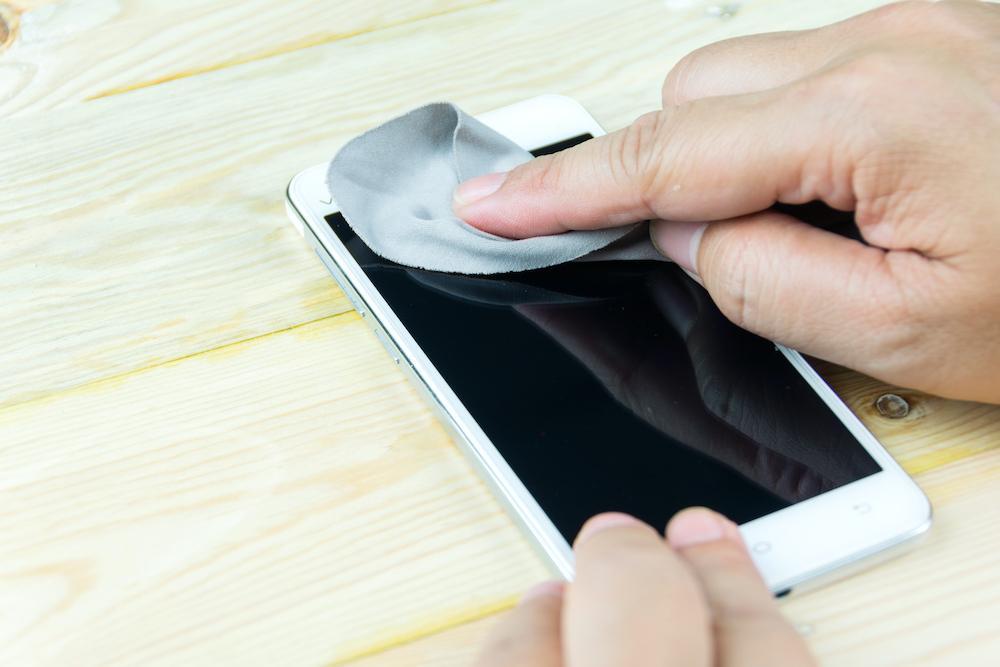
9 Tips for Enhancing Device Security in University Settings
In today’s digital age, universities are bustling hubs of technology and information. The Bring Your Own Device (BYOD) culture prevalent in higher education institutions brings unique cybersecurity challenges. Faculty, staff, and students often use personal mobile devices to access sensitive academic and administrative data, making endpoint security a top priority. Ensuring robust cybersecurity measures is essential to protect against potential threats. Here are nine tips for higher education administrators to enhance mobile device security in university settings.
Enhancing Device Security in Universities
1. Establish a Comprehensive Security Policy
A comprehensive security policy is the foundation of any effective cybersecurity strategy. This policy should outline acceptable use, data protection, and incident response protocols. It should be clear, accessible, and regularly updated to address emerging threats. Ensure that all faculty, staff, and students are aware of and understand these policies through regular training sessions and updates.
Key Elements of a Security Policy for Mobile Device Management:
- Acceptable Use Policy (AUP)
- Data Protection Guidelines
- Incident Response Plan
- Regular Policy Reviews and Updates
2. Implement Multi-Factor Authentication (MFA)
Multi-Factor Authentication (MFA) adds an extra layer of security by requiring users to provide two or more verification factors to gain access to their accounts. This could include something they know (password), something they have (smartphone), and something they are (fingerprint). Implementing MFA significantly reduces the risk of unauthorized access and enhances cloud security.
Benefits of MFA:
- Enhances security beyond just passwords
- Reduces the risk of account compromise
- Provides an additional layer of protection for sensitive information
3. Promote Regular Software Updates
Outdated software is a common entry point for cyber attackers. Encourage faculty, staff, and students to regularly update their device's operating system, applications, and antivirus software. Consider implementing automated update systems where possible to ensure compliance.
Steps to Promote Updates:
- Regular reminders and notifications
- Automated update settings
- Awareness campaigns about the risks of outdated software
4. Utilize Endpoint Protection Solutions
Endpoint protection solutions are crucial for securing devices that connect to the university network. These solutions include antivirus software, firewalls, and intrusion detection systems to create secure web gateways. Ensure that all devices, including personal ones, have appropriate endpoint protection installed and regularly updated.
Features of Effective Endpoint Protection:
- Real-time threat detection
- Automatic updates
- Comprehensive coverage for all device types
5. Educate on Phishing and Social Engineering
Phishing and social engineering attacks are common security risks in university environments. Conduct regular training sessions to educate faculty, staff, and students about recognizing and responding to phishing attempts on personal devices. Provide real-world examples and interactive simulations to enhance understanding.
Phishing Awareness Training:
- Regularly scheduled workshops and webinars
- Interactive simulations and quizzes
- Sharing real-world phishing attempt examples
6. Implement Network Segmentation
Network segmentation involves dividing a network into smaller, isolated segments to limit the spread of potential threats. By segmenting networks, universities can ensure that sensitive data remains protected even if one segment is compromised. This approach also helps in monitoring and controlling traffic more effectively.
Benefits of Network Segmentation:
- Enhanced security and data protection
- Improved traffic management and monitoring
- Reduced risk of widespread attacks
7. Secure Remote Access
With the rise of remote learning and working, securing remote access is critical. Use Virtual Private Networks (VPNs) to encrypt connections and ensure that remote users access the network securely. Additionally, enforce strict access controls and monitor remote sessions for suspicious activities.
Remote Access Security Measures:
- VPNs for encrypted connections
- Strict access controls and monitoring
- Regularly updated remote access protocols
8. Backup and Recovery Plans
Data loss can occur due to cyber attacks, hardware failures, or human error. Implement robust backup and recovery plans to ensure that critical data can be restored quickly in the event of an incident. Regularly test these plans to identify and address any potential weaknesses.
Components of a Backup and Recovery Plan:
- Regular data backups
- Secure storage for backup data
- Periodic testing of recovery processes
9. Invest in Protective Gear for Devices
Physical security is an often overlooked aspect of device protection. Encourage faculty, staff, and students to use protective gear such as screen protectors, laptop locks, and secure carrying cases. Partnering with providers like Sahara for bulk orders can help ensure that all devices have adequate physical protection.
Benefits of Protective Gear:
- Reduces the risk of physical damage
- Deters theft and unauthorized access
- Enhances overall device longevity
Introducing Sahara for Bulk Ordering Protective Gear
To facilitate the implementation of physical security solutions, universities can partner with Sahara, a leading provider of high-quality protective gear for electronic devices. Sahara offers bulk ordering options, making it easier and more cost-effective to equip all faculty, staff, and student devices with necessary protective gear. From laptop cases to durable phone cases, Sahara provides a wide range of products designed to enhance device security and longevity. Get up to a 40% discount on bulk orders!
Why Choose Sahara?
- High-quality, durable products
- Competitive pricing for bulk orders
- Wide range of protective gear options
By following these nine tips, higher education administrators can significantly enhance device security within their institutions. A proactive approach to cybersecurity, combined with the right tools and resources, will help protect sensitive data and ensure a safe and secure learning environment for all.


